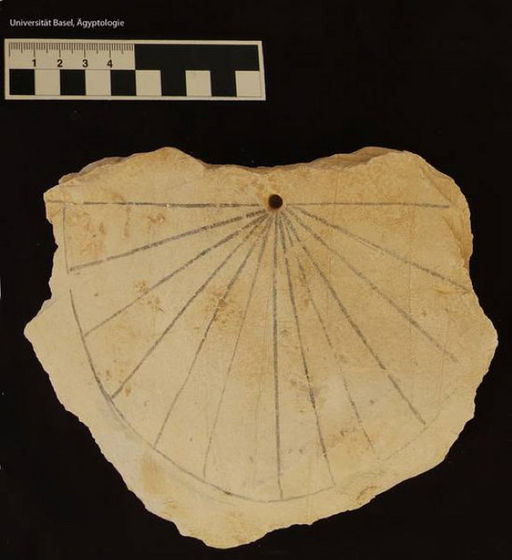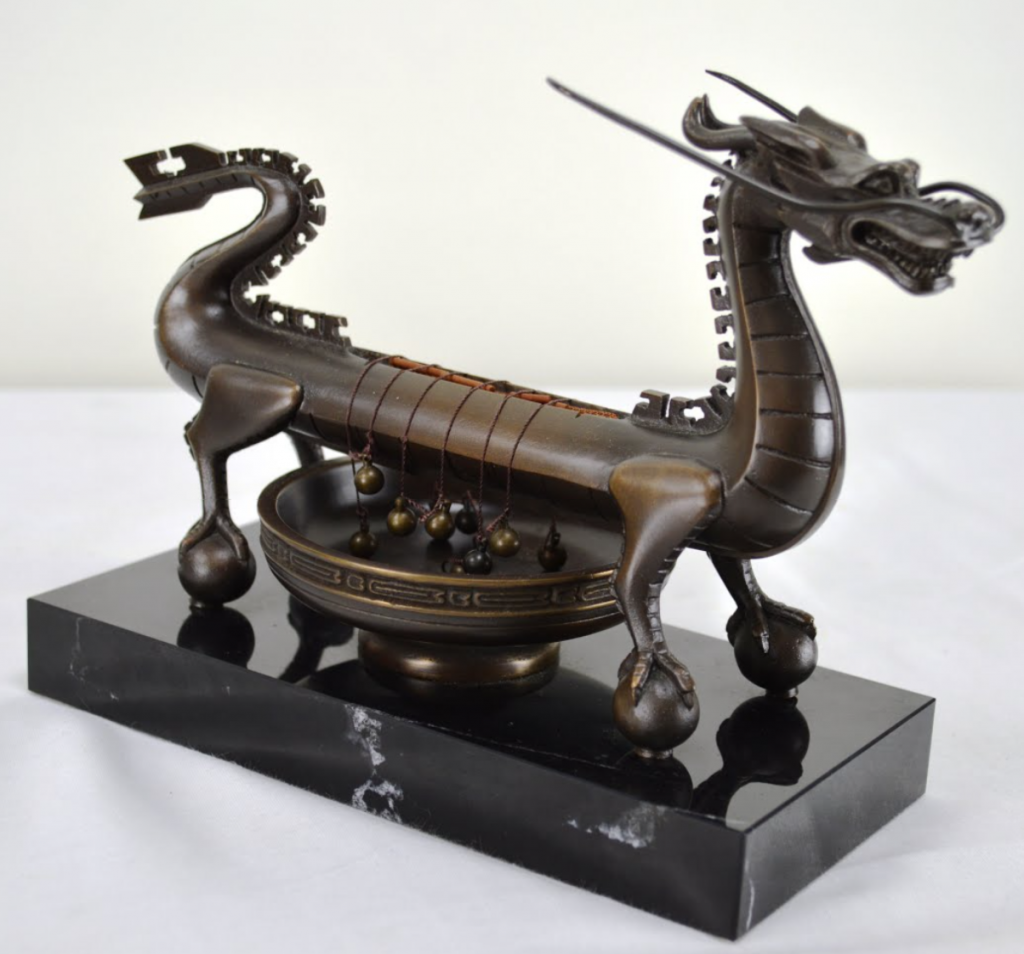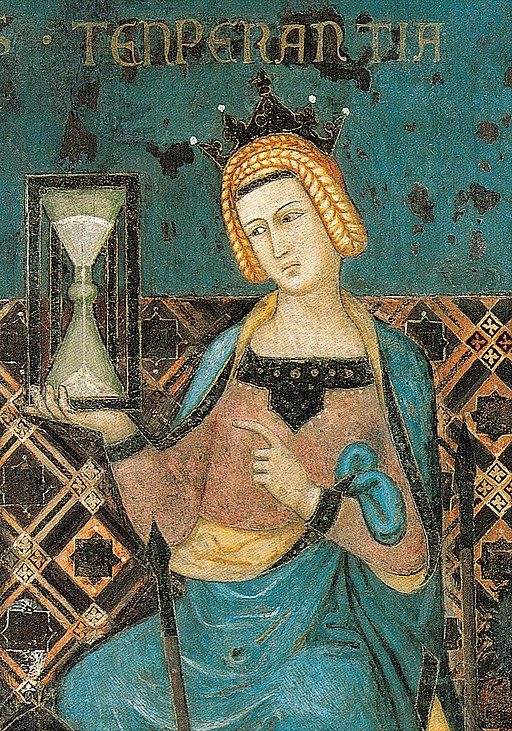People have been harnessing the measurement of time for millennia to record and inform all types of human activity. From recording the phases of the Moon in cave paintings over 30,000 years ago to photo-finish technology used in Olympic competition, the measurement of time serves many uses.
Early humans needed a way to keep time beyond a single day and night, and the moon was an obvious timepiece. Although observation of the sun provided some guidance, the nightly changes in the moon’s face made it a reliable marker of time. The importance of lunar timekeeping for prehistoric people is evidenced in their cave depictions of star patterns in geometric and animal shapes.
Learning to tell time is a fundamental life skill now taught to children when they first start school. This practical use of numbers is a tangible lesson in early childhood development. In the classroom, an understanding of time helps to set expectations about the school day. Being able to delay gratification, such as playing ball at lunchtime, allows children to stay focused for longer during their lessons.
The adoption of this early time reading skill clearly translates to many aspects of life. Modern workplaces are defined by schedules and deadlines, and staff time and attendance are key factors in driving a productive work environment.
However, time is a modern human concept. The Oxford Dictionary defines time as the indefinite continued progress of existence and events in the past, present, and future regarded as a whole. Time is both a dimension and a duration.

In the natural world, time has only one direction, called the “arrow of time”. It is depicted as travelling from left to right in accordance with western chronological recording of history. The question of why time is irreversible is one of the biggest unresolved questions in science.
Let’s look at the evolution of measurement of time to better understand why cultures all around the world have pursued their own timekeeping inventions.
Oil Lamp
There is archaeological evidence of oil lamps being used in China around 4000 BCE. The oil lamps were significant in religious practices and symbolic of the journey from darkness to light and were also later used for heating and lighting.
By measuring the level in the oil reservoir, it was possible to measure the passing of time as the oil burned and the level dropped.
Obelisk
As the sun travels across the sky, the direction and length of its shadows change. The earliest shadow clocks were built by the Ancient Egyptians around 3500 BCE. They were called “tekhenu” and built to honour kings and the sun god Ra.
An obelisk is a tall, four-sided, narrow tapering monument which ends in a pyramid-like shape or pyramidion at the top. Traditionally they were monolithic as they were made from a single stone. Every obelisk was built to tell a different story, but they also worked very well as shadow clocks during the day.
Sundial
The ancient Egyptians invented sundials around 1500 BCE to measure periods of daylight. A sundial consists of a flat plate (the dial) and a gnomon (an upright stick often triangular), which casts a shadow onto the dial.
Simple sundials can measure the length of a day as it varies throughout the year. Early sundials were used to determine lengths of time to regulate work and rituals.

Water Clock
The water clock or clepsydra is a timepiece where time is measured by the regulated flow of liquid into or out from a vessel, and the amount is then measured.
The bowl-shaped outflow is the simplest form of a water clock and is known to have existed in Babylon, Egypt, and Persia around 1500 BCE. Water clocks were also used in Ancient Greece and Ancient Rome, and there is evidence of early water clocks in India and China.
Candle Clock
Marked candles have been used for telling time since 500 CE in China and 900 CE in England. However, they were an unreliable measurement of time as the rate burning is subject to draughts and the quality of the wax. Candle clocks were used to mark the passage of time from one event to another, rather than measure the time of day.
Incense Clock
The incense clock is an early timekeeping device from East Asia. Originating in India it was popularised in China during the Song Dynasty (960-1279). Incense clocks were also used in Japan and Korea.
These timeclocks have specialised sensors that hold incense sticks or powdered incense that have been calibrated to a known rate of combustion. Different designs incorporate bells or gongs that act as strikers. For example, as the incense burns, a silk thread will break dropping a weight at intervals onto a gong.
Incense clocks were commonly used in homes and temples. In Chinese medicine, doctors would make multiple partial breaks on an incense stick as instructions to the patient to indicate when they should take their medication.

John D. Read c.1979
Hourglass or Sandglass
From the 1300s, advancements in glass-blowing techniques enabled the production of sandglasses. A sandglass is made up of two glass bulbs connected vertically by a narrow neck that regulates the flow of sand from the upper bulb to the lower bulb.
Usually, the two bulbs are symmetric so that the “hourglass” will measure the same duration regardless of orientation. The actual duration of time a sandglass measures is determined by the quantity and coarseness of the sand particle, the bulb size and the neck width.
Originally, sandglasses were used as a measure for periods of time like oil lamps or candles and were often depicted in art, tombstones and monuments. Marine sandglasses were also very popular on-board ships as they were the most dependable measurement of time while at sea. Today they are commonly used as egg-timers or as part of boardgames.

Mechanical Clock
The world’s first mechanical clocks are thought to have been tower clocks. They were built in the region spanning northern Italy to southern Germany from around 1270. These clocks did not yet have dials or hands but were weight driven and told the time by striking bells.
Clock towers were used to notify people of emergencies, times to worship and important events like weddings and funerals. They were usually located in the centre of towns.
The invention of the mainspring in the early 1400s, for use in locks and guns, allowed small clocks to be built for the first time.
Pendulum Clock
Pendulum clocks depend on the phenomenon known as harmonic motion. This is where a weight, hung from a fixed-point, swings freely. It regulates the mechanism of the clock by moving back and forth across its equilibrium position.
The first pendulum clock was designed and built by Dutch polymath Christiaan Huygens in 1656. Early versions erred by less than one minute per day, and later ones only by 10 seconds, making them very accurate for their time. Dials that showed minutes and seconds became common after the increase in accuracy made possible by the pendulum clock.
By the 1800s, factory production of clock parts gradually made pendulum clocks affordable by middle-class families and daily life was organized around the home pendulum clock. This included freestanding Grandfather clocks and wall clocks.
Portable Watches
Portable clock-watches were made possible by the invention of the mainspring and were fastened to clothing or worn on a chain around the neck. These early clock-watches were not worn to tell the time as their accuracy was very poor. Instead, they were made as jewellery for the nobility and valued for their fine ornamentation.
In 1675, Charles II of England introduced waistcoats and men began to wear watches in pockets instead of as pendants. To fit in pockets, their shape evolved into the typical pocketwatch shape which is rounded and flattened with no sharp edges. The face was covered with glass and the fob chain became popular.
The watch continued to be developed as a mechanical device into the mid-20th century. Powered by winding a mainspring which turned gears and then moved the hands, watches kept time with a rotating balance wheel.
Traditionally, wristwatches were worn by women. They were also worn by military men by the end of the 19th century to synchronise manoeuvres. Mass production began following the First World War and the first generation of electric-powered watches came out during the 1950s.
The introduction of the quartz watch in 1969 was a revolutionary improvement in watch technology. It both increased the accuracy of the timekeeping and automated the movement. The first digital electronic watch was released in 1972 and was the precursor to the advanced smartwatches of today.
Workplace Clocks
Accurate timekeeping has long been a necessity in the workplace. For example, with the industrial revolution, railroads needed accurate timeclocks to keep trains safely on schedule. Not keeping to time would literally risk sending an engine off the rails.
The first employee timeclock was created in 1888. It was mass produced as the “Bundy Clock” by New York jeweller William Le Grand Bundy. Workers would insert a heavy paper card or time card into the Bundy machine to clock in and out. This would record the day and time. A timekeeper then had an official record of the hours an employee worked, to calculate the pay owed an employee.
In modern times, mechanical Bundy clocks have been replaced with time tracking software. This software simply records the time and attendance of employees and directly integrates the data into the business system. Having online employee timeclocks means that workers can clock in even when they are working remotely or attending multiple locations.
What have we learnt about measurement of time?
- Measurement of time is used for endless applications.
- People across the world and various cultures have valued finding the best way to accurately record time.
- Measuring time helps us keep track of our daily activities. It allows the flow of time to be a tangible thing.
- Time provides us with a measure of change by putting dates on moments, fixing the duration and order of events.
- Measurement of time generates self-awareness and contributes to leading more productive lives.



